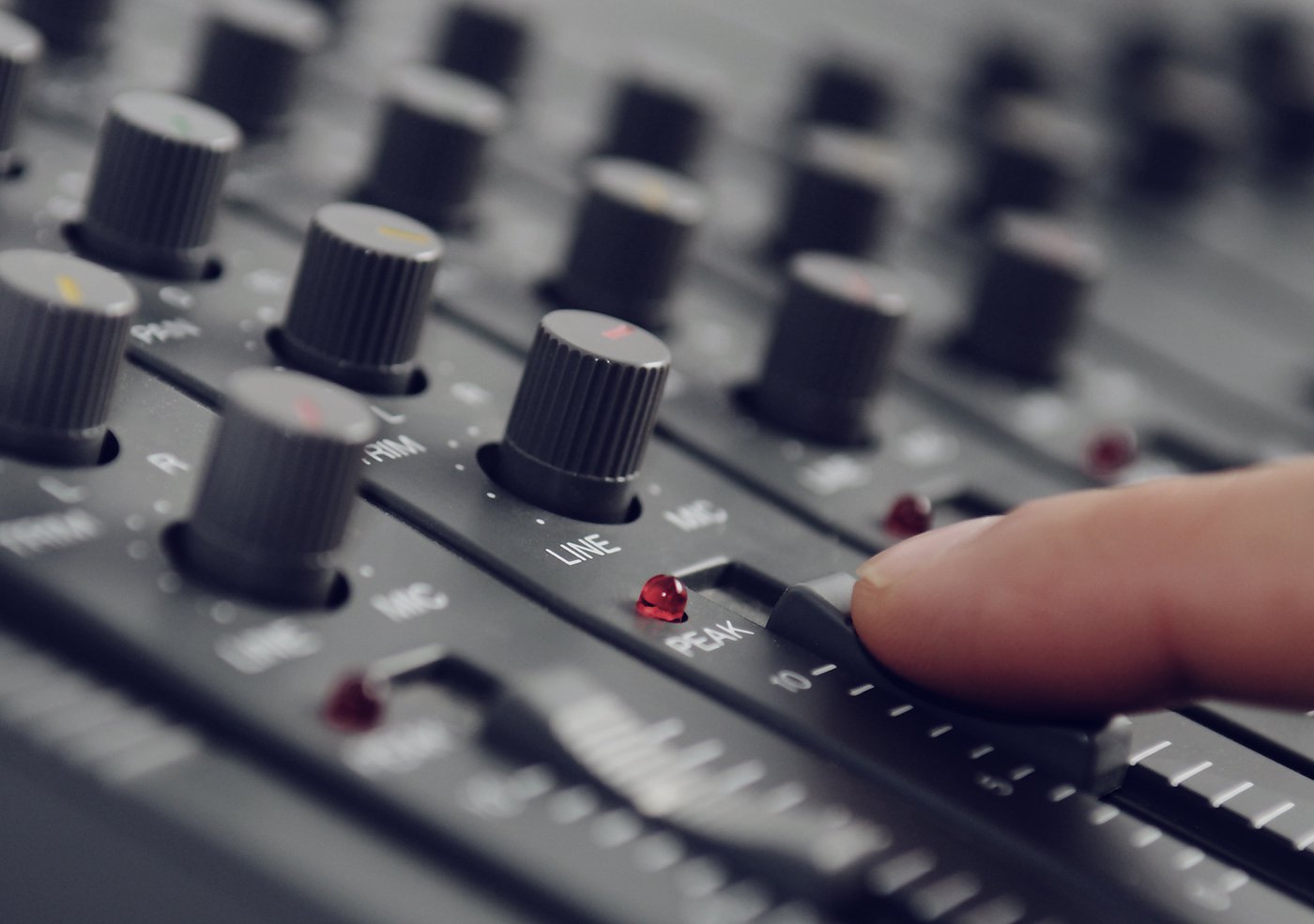
Mastering, a form of audio post production, is the process of preparing and transferring recorded audio from a source containing the final mix to a data storage device (the master), the source from which all copies will be produced (via methods such as pressing, duplication or replication). In recent years, digital masters have become usual, although analog masters—such as audio tapes—are still being used by the manufacturing industry, particularly by a few engineers who specialize in analog mastering.[1]
Mastering requires critical listening; however, software tools exist to facilitate the process. Results depend upon the intent of the engineer, their skills, the accuracy of the speaker monitors, and the listening environment. Mastering engineers often apply equalization and dynamic range compression in order to optimize sound translation on all playback systems.[2] It is standard practice to make a copy of a master recording—known as a safety copy—in case the master is lost, damaged or stolen..
Digital Technology
In the 1990s, electro-mechanical processes were largely superseded by digital technology, with digital recordings stored on hard disk drives or digital tape and mastered to CD. The digital audio workstation (DAW) became common in many mastering facilities, allowing the off-line manipulation of recorded audio via a graphical user interface (GUI). Although many digital processing tools are common during mastering, it is also very common to use analog media and processing equipment for the mastering stage. Just as in other areas of audio, the benefits and drawbacks of digital technology compared to analog technology are still a matter for debate. However, in the field of audio mastering, the debate is usually over the use of digital versus analog signal processing rather than the use of digital technology for storage of audio.[2]
- Vestibulum iaculis velit
- Nec ante varius tempus
- Duis sollicitudin lacus sapien
- Sed pharetra felis facilisis sed
Process
The source material, ideally at the original resolution, is processed using equalization, compression, limitingand other processes. Additional operations, such as editing, specifying the gaps between tracks, adjusting level, fading in and out, noise reduction and other signal restoration and enhancement processes can also be applied as part of the mastering stage.[8] The source material is put in the proper order, commonly referred to as assembly (or ‘track’) sequencing. These operations prepare the music for either digital or analog, e.g. vinyl, replication.

Steps of the process typically include the following:
- Transferring the recorded audio tracks into the Digital Audio Workstation (DAW)
- Sequence the separate songs or tracks as they will appear on the final release
- Adjust the length of the silence between songs
- Process or sweeten audio to maximize the sound quality for the intended medium (e.g. applying specific EQ for vinyl)
- Transfer the audio to the final master format (CD-ROM, half-inch reel tape, PCM 1630 U-matic tape, etc.)
